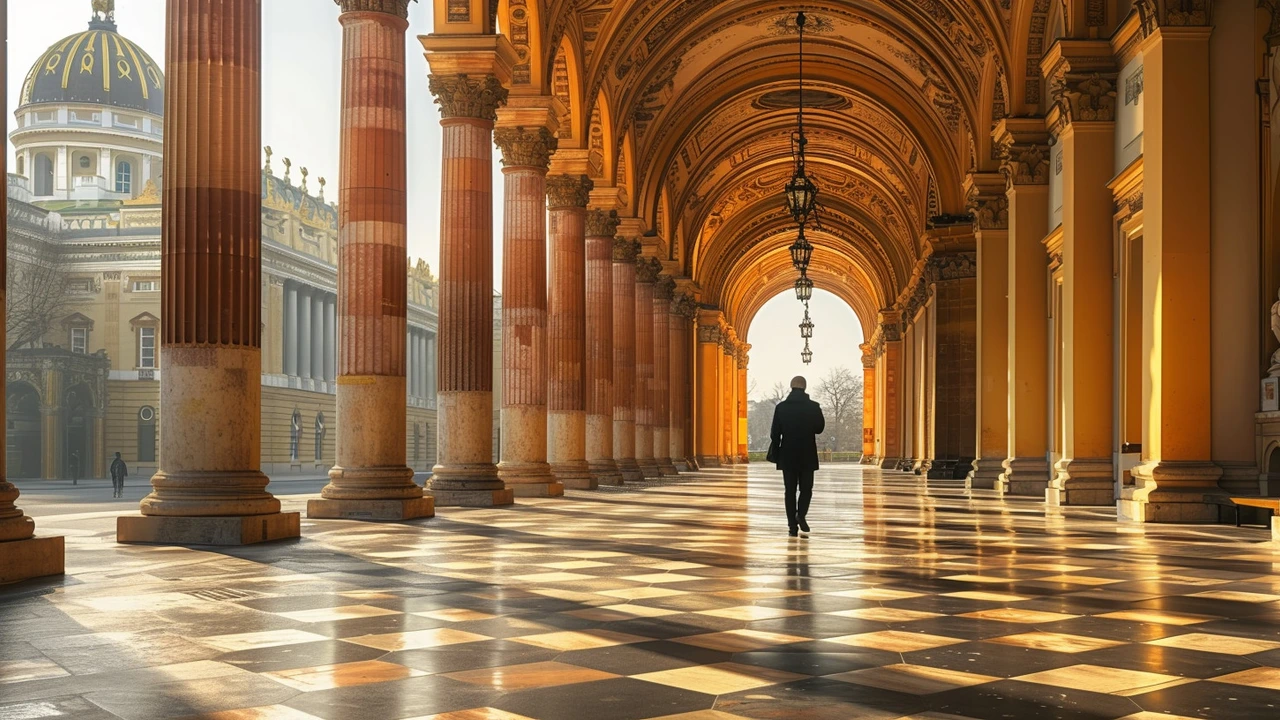Enduring Legacy: How Art Movements Still Shape Modern Culture
You walk past the legacy of past art movements every day—furniture, posters, apps, even city parks carry ideas born decades or centuries ago. This page pulls together the clearest, most practical traces of that legacy so you can spot influence in the wild and use it where you live or work.
Design and everyday life
Bauhaus and De Stijl taught designers to strip away the extra and focus on function. That’s why your favorite chair feels clean and your phone interface is grid-based: simple shapes and clear hierarchy make products easier to use. Want a quick test? Look for balanced grids, bold primary colors, and sans-serif type—those are direct echoes of De Stijl and Bauhaus.
Baroque and Gothic left us drama and scale. You don’t need a cathedral to feel their effect—film soundtracks, theatrical lighting in restaurants, and dramatic murals borrow Baroque’s love of emotion and movement. If a public space aims to awe, it’s using Baroque tactics.
Practical tip: updating a room? Mix a single bold Baroque item—a patterned rug or ornate mirror—with a few Bauhaus-style furnishings. You get drama without clutter.
Public space, culture, and urban life
Land Art and Futurism changed how we think of cities. Parks that double as sculptural landscapes, plazas that guide foot traffic with form, and smart-city tech that visualizes data are all descendants of those movements. If a city plan treats open space as a canvas, that’s legacy at work.
The Harlem Renaissance, Fluxus, and Constructivism show how art can rewrite identity and politics. Harlem’s writers and musicians redefined Black culture; Fluxus blurred art and life with performance and everyday objects; Constructivism pushed art toward social purpose and mass communication. These ideas show up in community murals, grassroots festivals, and activist design today.
Want to see legacy fast? Check local museums for exhibits on photography, installation, or photorealism—those genres often reveal direct lines from older movements. Street art, tattoos inspired by ukiyo-e, and immersive installations are modern conversations with those older ideas.
How to use this knowledge: 1) When curating a space, name one movement you like and borrow its rules—color, form, or scale—so your choices feel intentional. 2) For public projects, think about experience: will people feel small, awed, playful, or challenged? Different movements elicit different reactions. 3) As a creator, study one movement deeply and remix a single element rather than copying whole styles—small, focused choices read as fresh and confident.
Art history isn’t a museum relic. It’s a toolbox. Knowing the tools—Bauhaus clarity, Baroque drama, Fluxus playfulness—helps you design better objects, spaces, and experiences that still resonate today.

